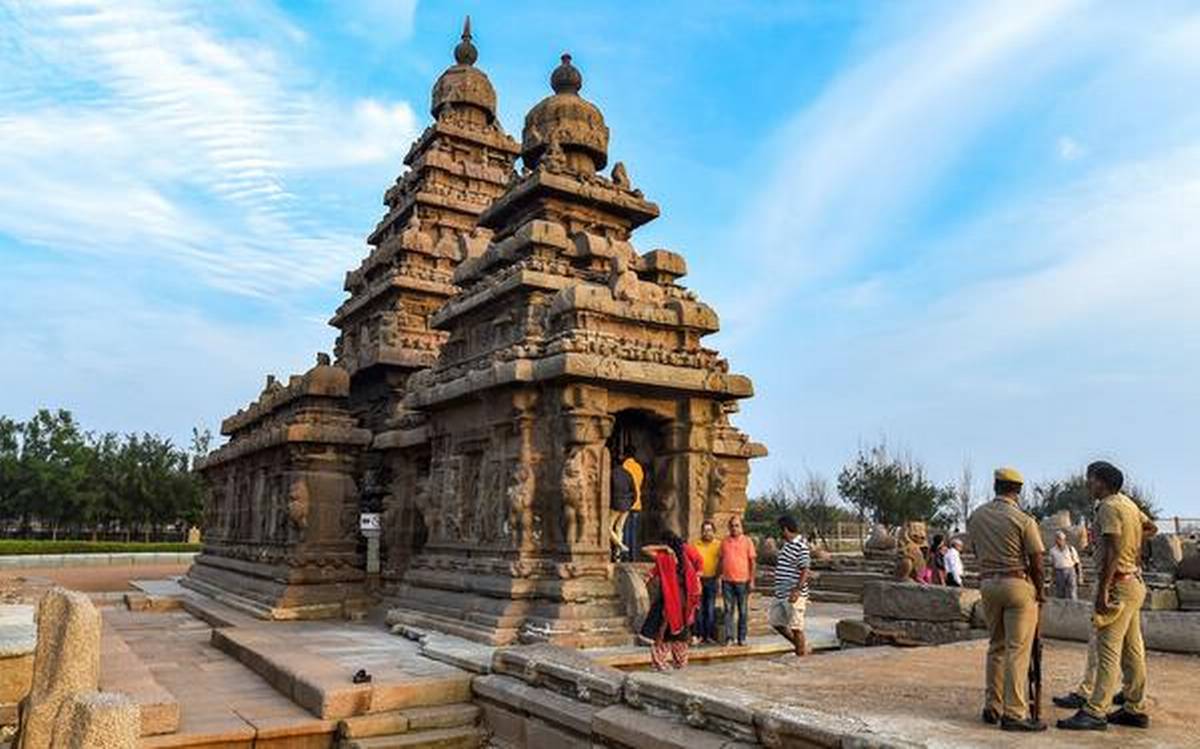
How much of Centre’s latest credit guarantee scheme will trickle down to target segments?
The success of the latest credit guarantee scheme depends vastly on how it is implemented, and how it is utilised by small enterprises, say experts

In response to fervent pleas from the industry for greater policy support to overcome COVID disruptions to the economy, the Centre has come out with fresh scheme announcements.
On Monday, Finance Minister Nirmala Sitharaman unveiled a new round of fiscal stimulus aimed to ensure liquidity to key segments of the population, such as the poor, small businesses and sectors impacted most by the pandemic. The response to these steps among experts has been more or less mixed.
Expansion of credit guarantee
As a key measure, the government has extended credit guarantee to more sectors, to make sure they stay afloat and get access to funds amid the tough times. It has also increased the outlay of the Emergency Credit Line Guarantee Scheme (ECLGS) by ₹1.5 trillion to ₹4.5 trillion.
A Money Control report quoted CII Director General Chandrajit Banerjee as calling the latest package laudable. It is likely to address the “severe cash flow distress precipitated by the business disruptions caused by the lockdowns in the wake of second wave of the pandemic”, he said.
Also read: Why are the global rich planning Great Reset? What changes for India?
Since small enterprises typically find it difficult to get loans at competitive rates — as they often do not have credible guarantee support — the new measure is seen to help them substantially. Yet, analysts say how much of this will actually translate into loans remains to be seen.
For one thing, small enterprises should use the scheme to go for formal credit. Often, the informal credit route is chosen because it comes with fewer hassles, though the interest rate is far higher. Secondly, for the scheme to have a positive impact on the economy, the credit taken should be primarily used for investment in business. If it is used to address existing debt — as is often the case — the benefits of the scheme may be compromised.
“The impact will depend on how much money is borrowed through this route,” said a Mint report quoting a note written by analysts at Care Ratings. “Sectors like tourism should benefit provided they are allowed to open in a meaningful manner. The lower interest rate charged which can be 2-3% less than the normal rate will help to lower the cost of funds. It needs to be seen if such funds are taken for investment or for repaying old loans.”
Also, banks need to tap the additional available liquidity to on-lend to smaller clients and the underserved populations. Burdened as they are already by bad loans and non-performing assets (NPAs), how willing they are to serve these segments remains to be seen.
Healthcare spend
To boost medical infrastructure in underserved areas, the Centre proposes to guarantee greenfield (new) and brownfield (existing) healthcare projects in non-metro cities, via National Credit Guarantee Trustee Company Ltd. The guarantee coverage for greenfield and brownfield projects will be 75% and 50%, respectively. In ‘Aspirational Districts’ — those categorised by NITI Aayog as most underdeveloped — the coverage will be 75% for both types of projects.
This is seen to help improve the healthcare offering in these areas. It will also ease the burden on hospitals in cities, to which people from smaller towns and villages tend to throng for want of alternatives back home.
The Mint report, quoting Charu Sehgal, Partner at Deloitte India, said additional focus on paediatric care will lead to long-term improvements. Yet, a clear time-bound investment plan is critical for the success of the scheme, she said.
Support for travel industry
Sitharman also unveiled a ₹60,000 crore package for loan guarantees in other sectors. The travel and tourism sector, among the worst hit by the pandemic, with little signs of early revival, got a boost. The Centre plans financial support for over 11,000 registered tourist guides and other players in the sector.
Also read: How COVID is crushing Darshini Hotels in Bengaluru
Industry observers feel that while the fiscal support is timely, the sector may need further hand-holding, such as expedited vaccination for employees in the industry, and sops to encourage travel among the public. As mutants of the COVID virus pose the danger of new waves of the pandemic, it will be a while before this sector gets back on its feet.


